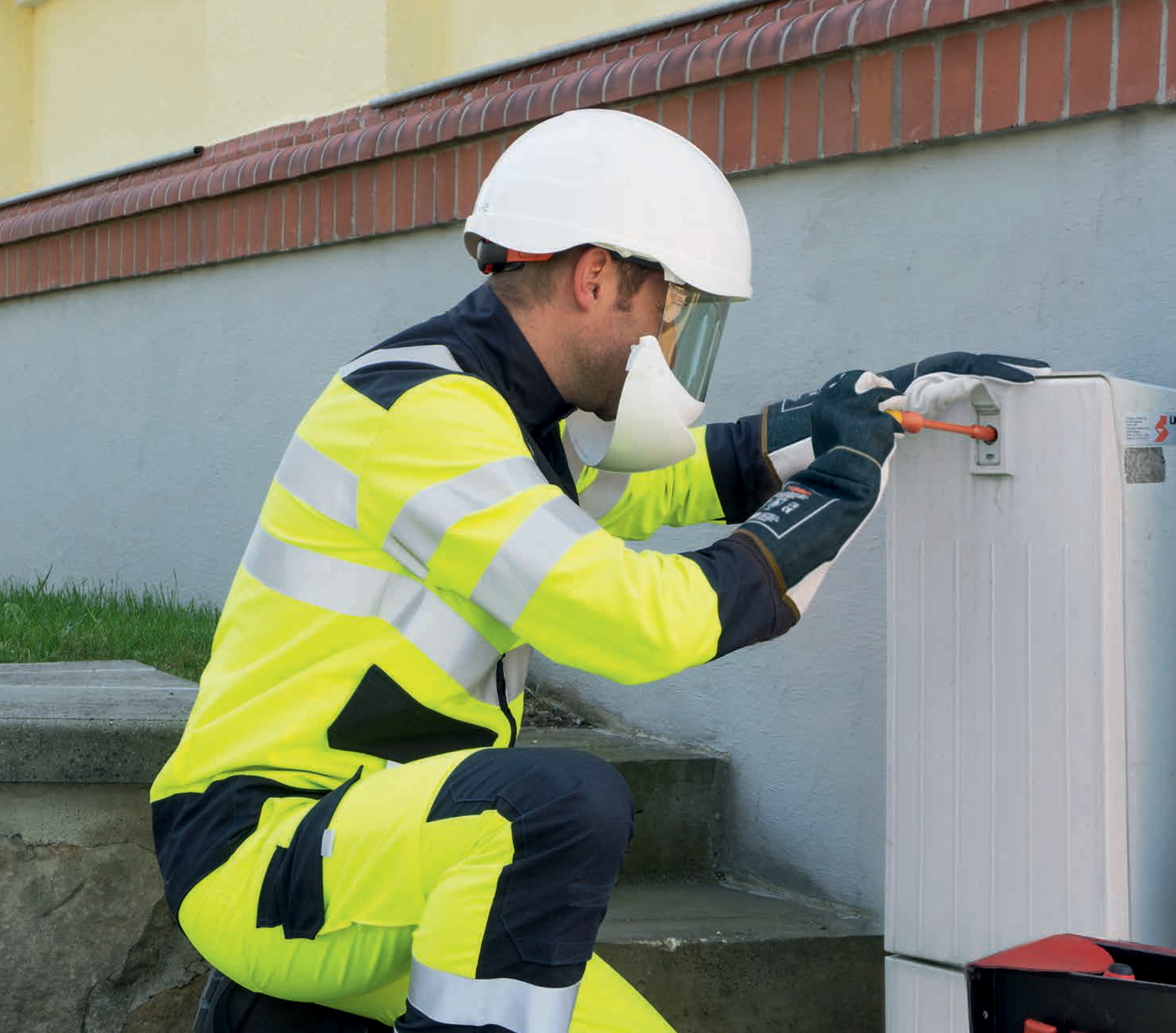Electrical hazards are present across many work sites due to a constant flow of workers, powered equipment, and exposed electrical parts to name a few. Whether you are working on a construction site or in a welding workshop, it is important to avoid making any errors with electrical equipment in an already dangerous environment. Here are five common electrical mistakes that are often made on a work site.
- Incorrect testing
It is vital that proper testing is carried out on all work sites, where electrical equipment and live currents are present. It is important to prioritise high quality electrical testing in a workplace, as encountering a live current can cause serious injury and even death.
Testing electrical outlets requires the necessary personnel on site and should not be undertaken by workers who are not specifically trained to do so. Professional electricians use a variety of testers, including voltage detectors and clamp meters, to check a wide range of electrical functions in residential and commercial electrical wiring.
- Underestimating the dangers of lower voltage levels
Across work sites, employees can often underestimate the power in lower voltage levels and can lack understanding of the dangers when encountering lower voltage currents. The only difference between low and high voltage exposure is how fast it could potentially cause a fatality. High voltages have the potential to kill instantly, while lower voltage can be the cause of death up two days after the event. A 120-volt shock for example, can lead to death up to 48 hours after the initial exposure, so it is vital to avoid all live currents no matter what their voltage.

- Completing an incorrect lockout tagout procedure
Lockout tagout is a key procedure that ensures the safety of fellow workers when a machine is being powered down or undergoing maintenance repairs. Lockout tagout ensures that re-energisation of a machine does not occur which could cause potential harm to workers in proximity. Equipment that is not correctly locked out can also cause electrical shocks and burns, so performing the lockout procedure is key for electrical safety.
The correct lockout devices are required to perform a complete lockout programme safely and effectively. Equipment such as safety padlocks from Reece Safety will ensure that electrical equipment is safely secured and locked out until it is ready to be restarted. This procedure should be standardised to ensure that equipment is safely stored and organised and ready for use.
- A lack of personal protective equipment (PPE)
Electrical environments require specific PPE, such as Arc Flash PPE, rubber insulating gloves, and electrical safety hooks to prevent injury and harm. While it can be uncomfortable at times, it will protect you from many potential hazards and is therefore important to always wear the required PPE on a work site. The correct PPE clothing is an important mitigating factor against electrical hazards such as exposure to fire from faulty electrical installations, explosions, shock or burns. Employers are responsible for providing the correct level of PPE for staff to be safe from electrical hazards in and around the workplace.
- Lack of adequate training
One of the biggest hazards on any work site is a lack of adequate training. Initial training and regular refresher courses should be strictly implemented and shown to be understood by testing employees thereafter. If workers do not feel fully confident in following procedures to keep the workplace safe and react to dangerous situations, they are putting themselves and other workers at risk.
When present on any work site where there are live electrical hazards, so it is essential that staff undertake necessary training and are prepared with the required knowledge and PPE before entering the site and beginning work.

